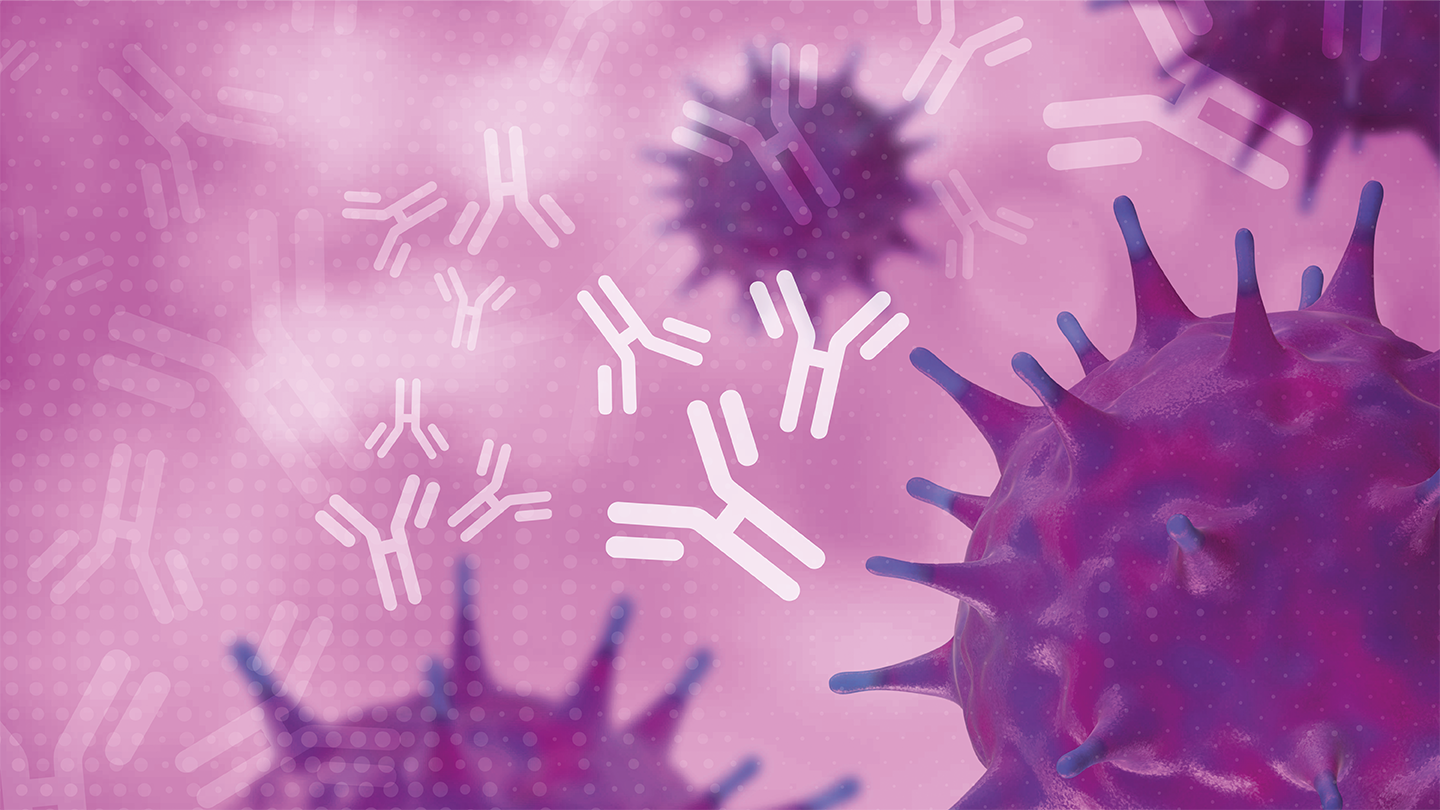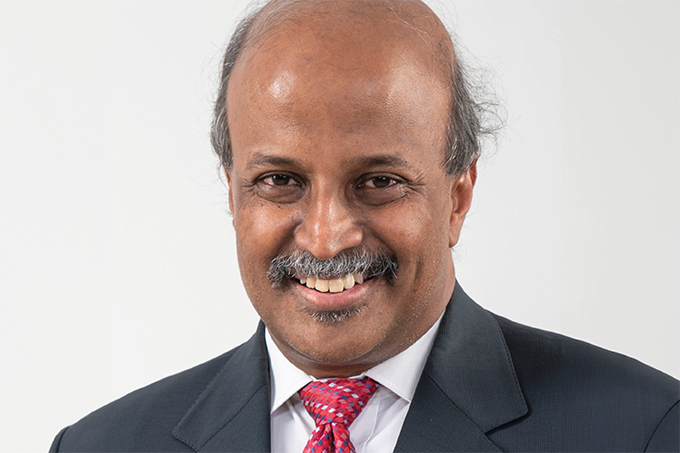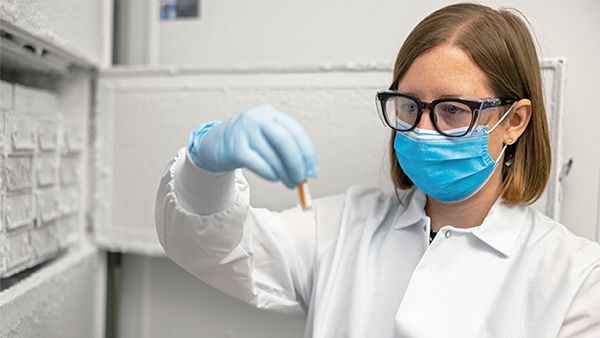Clinical Placement Shortages, Part 1: A Healthcare Crisis
We spoke to Rodney E. Rohde about how a shortage of clinical placements is affecting US healthcare
It’s no secret that the US is experiencing a shortage of laboratory professionals – labs are crying out for more staff and it’s not getting any better. Though funding, retirement, and burnout are key contributors to the issue, there is also an inherent pipeline problem – a shortage of clinical placements meant to train cohorts of well-rounded graduates up into the workforce.
We spoke to Rodney E. Rohde, Regents Professor and University Distinguished Professor at Texas State University’s Medical Laboratory Science Program, about the clinical placement shortage crisis in the US, its impact on healthcare, and potential solutions to mitigate the problem.
The following interview has been edited for readability. Watch the full, unabridged interview video above.
What is the current state of clinical placement shortages in the US?
The problem has probably been going on for over a decade and is not exclusive to the medical laboratory; nursing, physicians, and other areas of healthcare are experiencing it too. The current issue with the US is that, regardless of area (rural versus urban), state, program type, or whether it’s a hospital-based or a university academic program like ours, we are seeing significant shortages for clinical placements.
A clinical placement is required for most programs; students in the US have to undertake typical education, didactic lectures, and laboratory coursework for several years and, in their final year, they’re placed. Sometimes you’ll hear terms like “internships” or “clinical internships,” but they’re all kind of the same thing. Students work in the workforce with a supervised preceptor who watches and teaches them in the clinical area, but these placements are becoming more and more difficult to obtain from different hospital and healthcare systems.
What are the key factors contributing to this shortage?
It’s a complex problem, but there are some primary issues which I think most people would agree on. First and foremost is the shortage of supervisors and clinical preceptors in the workforce. There is an overall workforce shortage in healthcare because we are seeing more and more people leave the field due to retirement, which has been ongoing for more than a decade.
Then, of course, COVID-19. There has been a pandemic effect across the world, but certainly in the US we have seen people leave the workforce due to burnout. During the height of the pandemic, some of my alumni were working ridiculous hours without rest – 12 hour shifts, 10–12 days in a row with not much help. Sometimes you only have two or three people covering the floor, which is overwhelming, especially when you’re doing that for months or years at a time – causing people to leave the field.
Another key contributor to the shortages is pay, which impacts things like job satisfaction. It has gotten a little better for the medical laboratory, but we are still lagging behind other areas of healthcare.
Overall, you have this perfect storm where students are trying to get placed in hospitals, public health laboratories, or even reference laboratories, but the labs don’t have the staff to provide proper supervision, so they start to limit the number of students they take. We are also competing with multiple programs in our individual states or regions, which impacts our academic program. It’s a nasty, vicious feeding frenzy that affects the number of students that I can take into my program. For example, I take 20 students a year but I get 30–50 applications – I’m actually turning away people to come into our Major because I can’t place them. That’s a dangerous cycle because hospitals need help but we’re not providing as many graduates.
How does this lack of adequate placements hinder the practical skills and experience that’s necessary for these trainees/early-career professionals?
You can’t learn to swim without getting into the water, and that’s the same with training to be a medical laboratory professional or any other healthcare professional. However, if you can’t give students the experience then you need to trim the placements down, which could be cutting back on the number of hours that students are required to do to gain competency in critical areas.
They do practice here in our academic centers and hospital-based programs, but it’s not the same as working in an actual medical laboratory with all the stress and multiple things being thrown at you. You need that trial-by-fire, practical experience. Without it, it impacts competency and quality of patient care because if you start limiting the experience of students, it’s going to impact them professionally. They may need longer time to onboard or more one-on-one supervision when they start because they’re not ready for the actual workload and stresses of the job.
Are there any particular fields where this shortage is more pronounced?
At least in the US, the ones you hear about most are nursing and physicians, but it’s also critical in the medical laboratory and respiratory therapy. You hear about it more in the former two because they are patient-facing and it’s more of an immediate impact on patient care. Nurses and physicians are overwhelmed with patient load – instead of having four to six patients, they may have 12, which is pushing the limit of the patient–healthcare provider ratio.
We’re behind the scenes in the laboratory – though we’re working hard every day to get in front of the public – and because the patient doesn’t see us on a daily basis like they do nurses or physicians, they don’t really see the impact as much. But we’re at a national crisis in the medical laboratory with respect to clinical placement shortages, and the issues are very much integrated because you can’t deal with one without sorting another.
How does the shortage of placements impact the capacity of healthcare systems to respond to outbreaks and other public health emergencies?
During the pandemic, there was a massive shortage in the public health space, including in public health laboratories. You can’t adequately respond to a threat when you only have a handful of people in a clinical microbiology or public health microbiology lab versus dozens of people that can cover shifts, work full-time, or do shift work. It impacts workload significantly and, without proper staffing, the lab’s workload capacity will reduce, which impacts patient care and public health forecasting. If you can’t get a feel for the epidemiology of your region, state, or country, you can’t do good modeling and make predictions about vaccine or antimicrobial needs, where the outbreak is occurring, quarantining requirements, and more.
It can also impact public health on a local level. For example, if a hospital in a rural area is having staffing issues then you could end up with only one or two people working the night shift, but both of them might be brand new to the field because some of the seasoned veterans have retired or left. This is something we see in urban areas too, but it’s more worrisome in isolated areas where you have nothing but rookies working in the lab. You need a mixture of rookies, mid-level experienced staff, and seasoned veterans who have encountered a range of scenarios and worked through problems, outbreaks, and pandemics and have the knowledge and memory of how to deal with them.
If you don’t have that balance in the workforce then you’re setting yourself up for potential patient morbidity and mortality – and to a greater extent during public health emergencies.
What solutions would you recommend to address this shortage and mitigate its impact?
This is a big question – and one that many of us in the US, and I’m sure globally, are constantly working on. I’ve been fortunate and honored to be invited to be part of the American Society for Clinical Pathology’s Blueprint for Action Workforce Team. It’s a national committee and coalition that has reached out to other laboratory professional organizations such as the American Society for Clinical Laboratory Science, American Medical Technologies, and Association of Public Health Laboratories, among others, to start addressing some of the workforce challenges.
The solutions are centered around three tiers: i) visibility and raising awareness of the profession; ii) improving how many graduates we take on and being more unified in our professional titles so people know who we are, and; iii) our diversity, equity, and inclusion criteria.
I chair a subcommittee who are looking at how to unify titles and get programs to change their names, how to increase college majors, and increase awareness and visibility around academic programs. On a local, state, and national level we’re trying to get everyone on the same page, but there’s a lot of organizations, healthcare systems, and people so it can be hard to turn the tide when there’s so many stakeholders involved.
I just received approval to change my own program to Medical Laboratory Science, which is our credential. Medical Laboratory Scientist is the bachelor’s level and Medical Laboratory Technician is the associate’s level. We’re trying to get programs across the country to unify in this too, and 70 percent of them now use the same title. This matters because high school students – and even lower-level students – only hear about biology, chemistry, physical therapy, veterinary science, among others – and although they are wonderful professions, they never hear about the medical laboratory. And they especially don’t hear about it as a college major.
We need their families, teachers, and high school advisors to say: “Hey, you love to do laboratory detective work, why don’t you do that instead of going to medical school?” And we need that to happen earlier. That’s the upstream effect – raising the laboratory’s visibility and awareness to more students.
Downstream, we need to find a way to accept more students into our programs and raise our quota. This means more hospital rotations, relationships with healthcare systems, industry, reference labs, and public health labs – all these entities have shortages. We’re seeing clinical placements get canceled at the last minute because they’re understaffed or they have a regulatory inspection, so we’re trying to build stronger relationships with each individual entity because if they don’t take our students then the students don’t apply for jobs there, which in turn hurts the labs. We need to get them more students and they need to get more applicants for staff positions, so it’s a win-win. Even if they only take one student, that’s really important because students talk and can spread that positivity to 19 other students.
Over the past few decades in the US, we have gone from about 700 bachelor’s-level programs in 1975 to 240 today. We have also lost quite a few associates programs too, which has to do with cost and reimbursement. Hospital labs aren’t getting paid as much to do the work. We’ve stabilized slightly and we’ve cranked out a pretty good number of students recently, but we’re still not meeting the demands of the workforce.
Recruitment is critical, but we also cannot forget our seasoned mid-level veterans. We need to find ways to raise pay and increase job satisfaction to improve retention. Two critical areas our workforce tells us is flexibility with scheduling and appreciation of what they do. The latter is hard to put a number on, but we have to find ways to let them – and the public – know how critical they are to healthcare.
Read or watch part two of our interview with Rodney here, where we discuss the long-term consequences of the clinical placement shortage crisis and what medical laboratories can learn from other industries.




